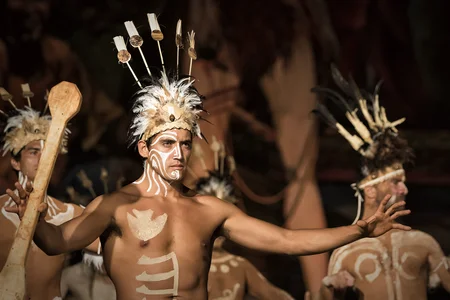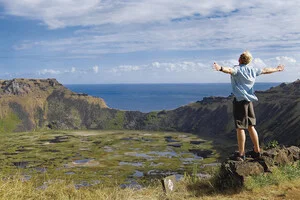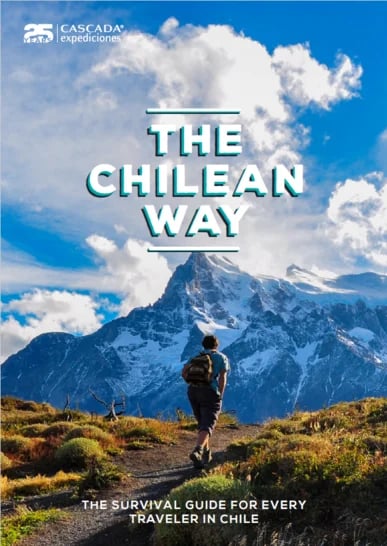Of all the places you can visit in Chile, Easter Island is probably one that lends itself more than any other to myths and legends. As one of the most remote inhabited islands in the world, the earliest people to live on Easter Island arrived, evolved and then suffered a dramatic decline, all thousands of miles away from their closest neighbors. Hundreds of misconceptions have grown up around this little patch of land in the middle of the Pacific, but Cascada is here to set you straight!
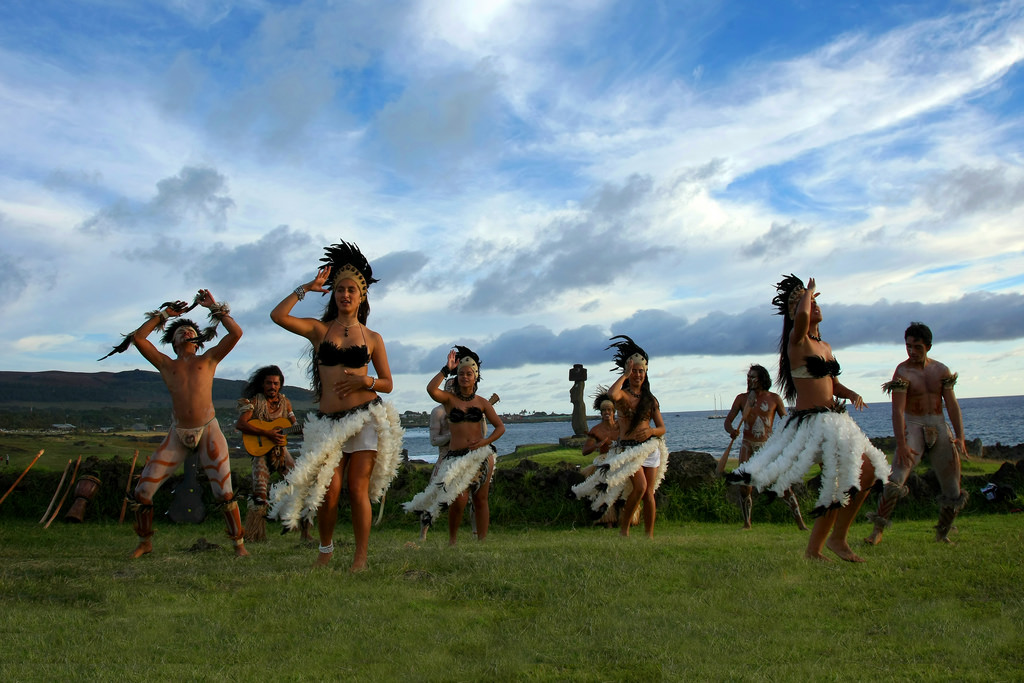
Myth #1: Easter Island is the Navel of the World!
Our myth-buster says: These days, the island is known as Easter Island to English speakers, Isla de Pascua to Spanish speakers, and Rapa Nui to the islanders themselves. As if those names weren’t enough, many people believe that it was originally known as Te pito o te henua, which French explorer Alphonse Pinart translated as ‘The Navel of the World’ after visit in the late 1800s, and the name stuck! However as it turns out there were actually two words pronounced ‘pito’ in the Rapanui language, and these days the accepted translation of the phrase is ‘Land’s End’. Slightly less poetic perhaps, but given the isolated location, it makes a lot of sense!
Myth #2: The Moai are Stone Heads!
Our myth-buster says: Moai is the name given to the anthropomorphic stone statues built by the early Rapanui people, for which the island is famous the world over, but they’re often simply referred to as stone heads. In actual fact, the statues do have bodies, it’s just that the heads are disproportionately large. It’s also partly down to the fact that during the 1950s when the first photographic images of Easter Island began to reach the outside world, the Moai had not been restored to the plinths and platforms from which they’d fallen, so the only statues on show were buried up to their shoulders on the volcanic slopes. These days, many of the Moai have been dug out and are displayed in all their glory at the UNESCO recognized Rapa Nui National Park.
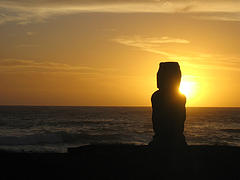
Myth #3: The Island Had Two Tribes Called the 'Long Ears' and the 'Short Ears'!
Our myth-buster says: You can thank Kevin Costner’s 1994 film Rapa Nui for this, and many other misconceptions surrounding the island. The ‘long ear’ and ‘short ear’ tribes may make great names for Hollywood, but it’s now thought much more likely the terms ‘hanau eepe’ and ‘hanau momoko’ actually meant ‘stocky people’ and ‘slender people’. According to the film, the Long Ears were the ruling class who dominated the working-class Short Ears, leading to a class struggle and catastrophic conflict. In reality, scholars are split over what actually happened between these two tribes, and whether they existed at all, as there is very little evidence to go on.
Myth #4: The Moai Were Carved by Aliens!
Our myth-buster says: One of the wilder Easter Island myths comes from the endlessly entertaining Ancient Alien theorists. According to their argument, early humans were far too primitive to have conceived the idea of building these stone monoliths themselves, and could never have carved them with the technology that existed at the time, so they must have had help from astronauts or aliens who visited the Earth in ancient times. In fact, we know exactly how the Moai were made, as there are many half-finished examples still lying in quarries about the island. The rock used for the vast majority of Moai was tuff stone, which has long been used as a building material due to the ease with which it can be carved, even without metal tools. It is true, however, that we still aren’t exactly sure how the heavy statues were moved into their final positions - although various plausible (human) theories have been proposed - so maybe they did use alien antigravity technology after all!
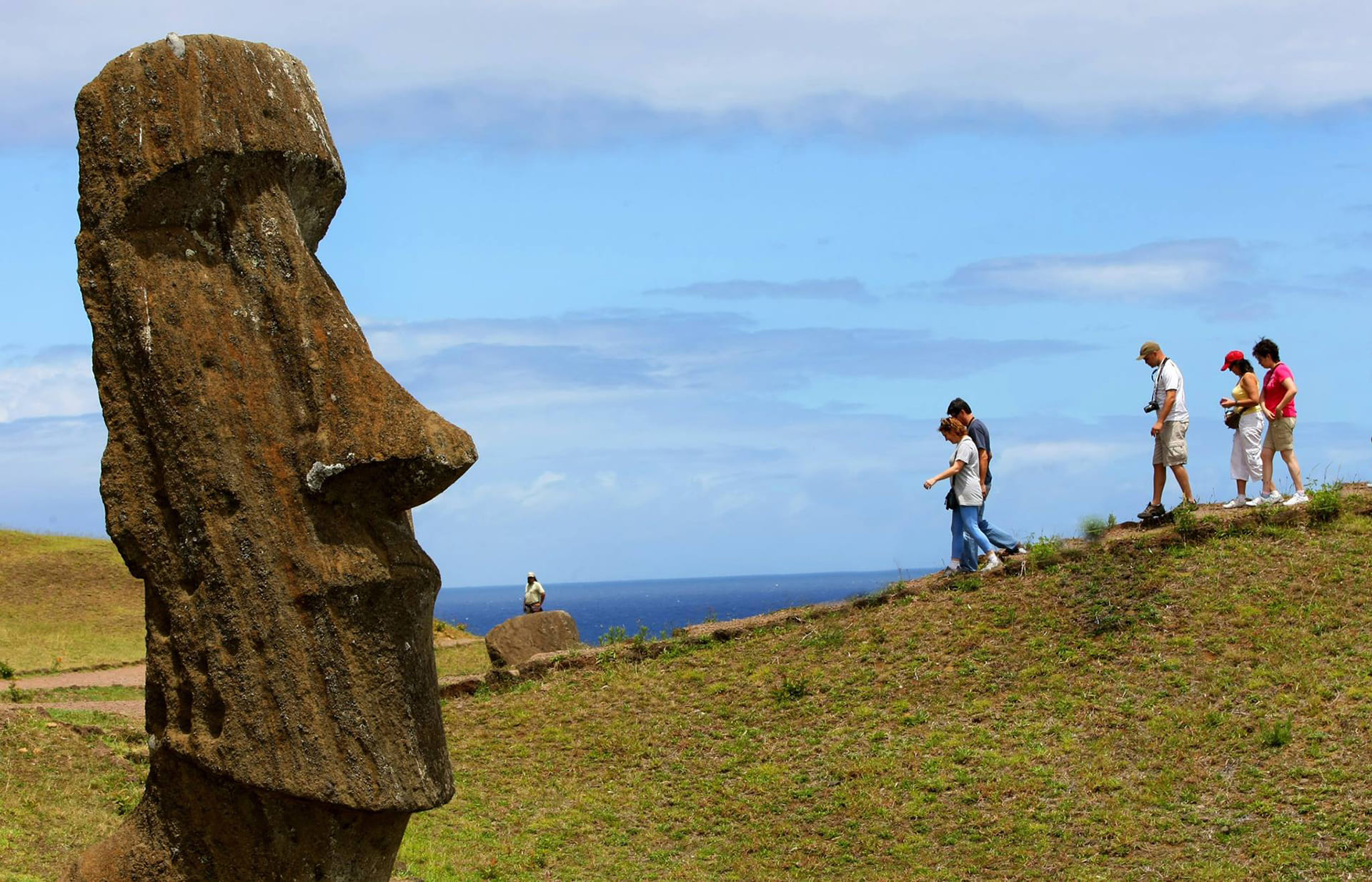
Myth #5: Easter Island is Just Off the Coast of Mainland Chile!
Our myth-buster says: Easter Island does lie off the coast of mainland Chile, and its nearest continental point is in central Chile, but they’re still not exactly right next door. It’s remains 3,512 kilometres (2,182 miles) away across the Pacific Ocean! In fact, the first ever flight to Easter Island from La Serena in Chile in 1951 took a whole 19 hours and 20 minutes to arrive at the island. Roberto Parragué Singer, who was flying an old Catalina 405 amphibious aircraft, reached the island just in the nick of time, since he only had enough fuel to fly on for another hour and a half! These days you can reach the island on a commercial airliner in just five and a half hours from Santiago in Chile.
Do you know of any more Easter Island myths you’d like clearing up? Tell us about them! For more common misconceptions, check out our myth-busting features on Robinson Crusoe and the Atacama Desert!

